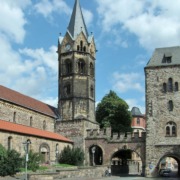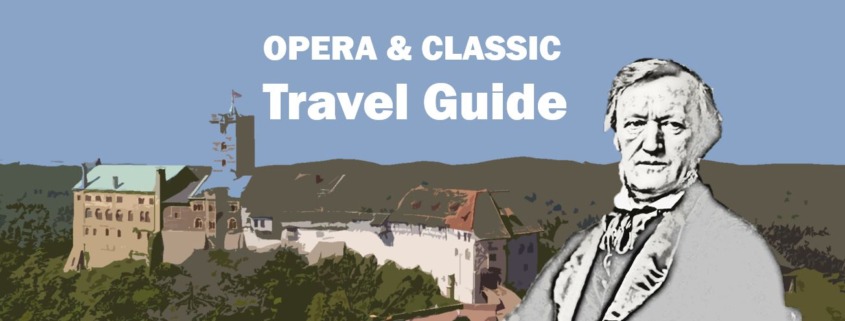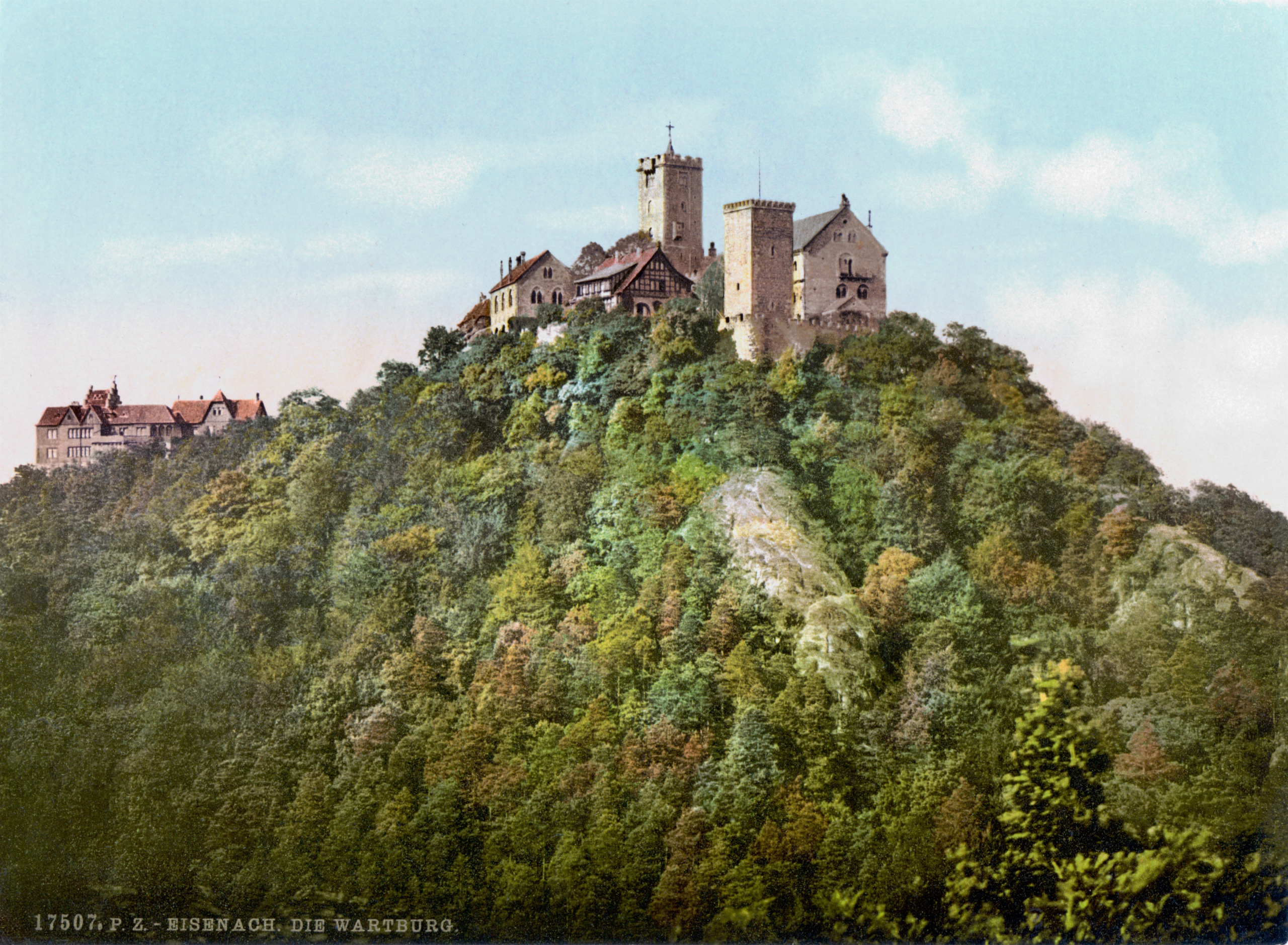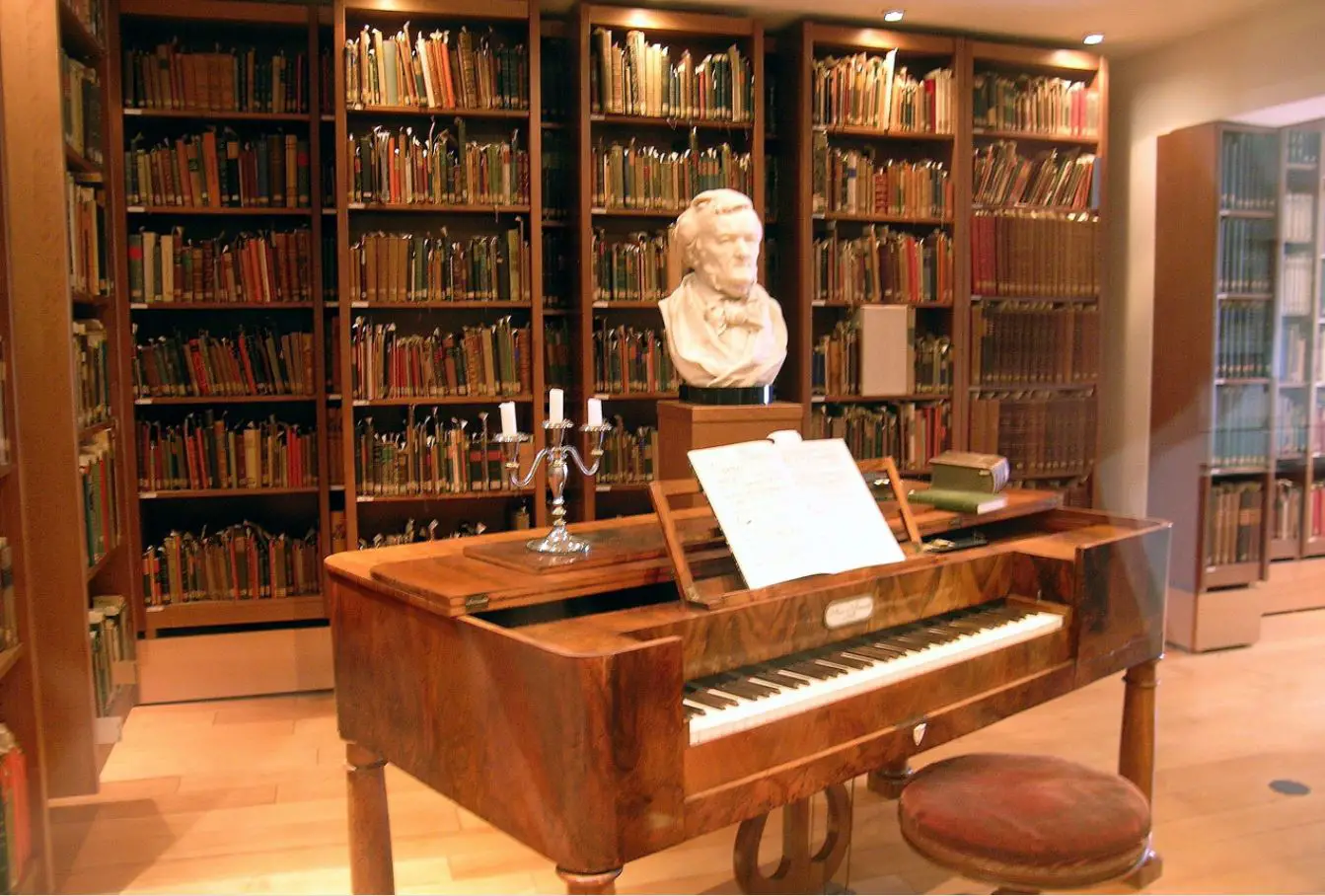Wagner and Eisenach
The series about historical places of opera art. Get to know exciting excursion and travel ideas for opera lovers. This time: Wagner and the Wartburg.
All Destinations on google maps with links to detailed Blogposts:
Wagner in Eisenach

Richard Wagner was in Eisenach several times. The first time in 1842 and the second time in 1849 on his escape from Dresden. He always visited Wartburg Castle, even involuntarily in 1872, because he briefly got off on transit and then the train left without him. Naturally, because of Luther’s Wartburg Castle, which became the setting for his Tannhäuser, the city took on an important significance for Wagner, and he showed it to Cosima and Siegfried in 1879 on the occasion of his last visit to Eisenach.
LINK TO THE COMPLETE WAGNER BIOGRAPHY
Destination Wartburg Castle
Wartburg Castle towers over Eisenach and is an imposing castle. Of course, Luther is the main character of the castle, but Wagner also occupies an important space with many musical events (check Event schedule). The castle can be visited, guided tours and events are offered.
In the event of a large number of visitors, the visitor parking lot may be closed off upstairs and a somewhat longer walk or bus ride may have to be planned.The Wartburg:
Destination Wagner Museum in Eisenach (Reuter-Wagner-Museum)
A passionate Wagner devotee named Oesterlein collected small and big things of the master. From playbills to original scores. The city of Eisenach bought the collection and established a small Wagner museum. Next to Bayreuth, it is Wagner’s most important museum site.
View into the museum:
https://www.eisenach.de/kultur/museen/reuter-wagner-museum/rundgang
Musical background – The minnesinger contest at Wartburg
Wagner began his work on Tannhäuser at the age of twenty-nine. The libretto was completed the following year and the score was completed in 1845. The opera bears the double title “Tannhäuser and the Minnesingers’ Contest at Wartburg”, which reflects the fact that Wagner drew the plot of the opera mainly from two sources. On the one hand it is the collection of poems of the “Sängerkrieg auf der Wartburg” (in which the two most famous minstrels Wolfram von Eschenbach and Walther von der Vogelweide are said to have taken part) and on the other hand the Tannhäuserlied about a minstrel with an unsteady way of life. Wagner now combined an invented love story of Tannhäuser and his pilgrimage to the pope with the singer’s contest at the castle of the Thuringian landgrave. The Heinrich of the singer’s contest became the Tannhäuser.
With the Tannhäuser we encounter a similar constellation as in the Meistersinger: An outsider wants to change the traditional rules of art and fails due to the inertia of society. Tannhäuser and Stolzing are brothers in spirit with the difference that the latter wins the bride and Tannhäuser does not. Tannhäuser in unlucky in this opera, he is cursed three times, first by the Thuringian court, then by the singers’ guild and finally even by the pope. Hail is at least approaching through Elisabeth, for she in turn is a sister in the spirit of the Senta and sacrifices herself for her beloved Tannhäuser. The theme of the woman’s sacrifice and the artist’s redemption runs like a red thread through Wagner’s life.
Link to the online opera portrait of Tannhäuser:
https://opera-inside.com/tannhauser-by-richard-wagner-the-opera-guide-synopsis/






Leave a Reply
Want to join the discussion?Feel free to contribute!